Disclosure: This article contains affiliate links. We may earn a commission from purchases at no extra cost to you, which helps our travel content.
The morning light breaks through the acacia trees as a giraffe silhouettes against Nairobi's skyline—a surreal juxtaposition that perfectly encapsulates what makes Kenya's capital so photographically compelling. Having documented landscapes from the Himalayas to the Australian Outback, I've rarely encountered a city that offers such extraordinary contrasts within its boundaries. Nairobi—often dismissed as merely a gateway to safari adventures—reveals itself as a photographer's playground where wildlife and urbanity dance in fascinating proximity. After spending countless hours with my viewfinder trained on this dynamic metropolis, I'm convinced that few destinations offer such rich visual storytelling opportunities. Join me as I share how to capture Nairobi's distinctive rhythm through your lens during a week of photographic exploration that balances natural wonders with cultural immersion.
Nairobi National Park: Where Wilderness Meets Skyscrapers
My first morning in Nairobi, I found myself standing in the golden glow of sunrise, watching a pride of lions lounging beneath an acacia tree while the city's skyscrapers glimmered in the background. This is the magic of Nairobi National Park—the only wildlife sanctuary in the world bordering a capital city.
The 117 square kilometers of protected savannah offers an unparalleled opportunity to capture that quintessential 'wild Africa' imagery without venturing far from urban comforts. What makes this location particularly special for photographers is the juxtaposition—lions, rhinos, and giraffes set against a backdrop of modern architecture.
I spent three mornings here, each offering different lighting conditions and wildlife encounters. The eastern side of the park provides the best city skyline backdrops, particularly valuable during the golden hour when the buildings catch fire with morning light. My telephoto zoom lens proved invaluable for those intimate wildlife portraits while still capturing enough background context.
The rhino sanctuary within the park deserves special attention. These endangered creatures move most actively in early morning, creating dramatic silhouettes against the rising sun. Position yourself with the light behind the animals for striking contours, or seek side-lighting to accentuate their textured skin and impressive horns.
What surprised me most was how the wildlife has adapted to the proximity of human development. A giraffe pausing beneath a distant radio tower or zebras grazing with planes landing at the nearby airport in the background creates compelling visual narratives about coexistence in our modern world.
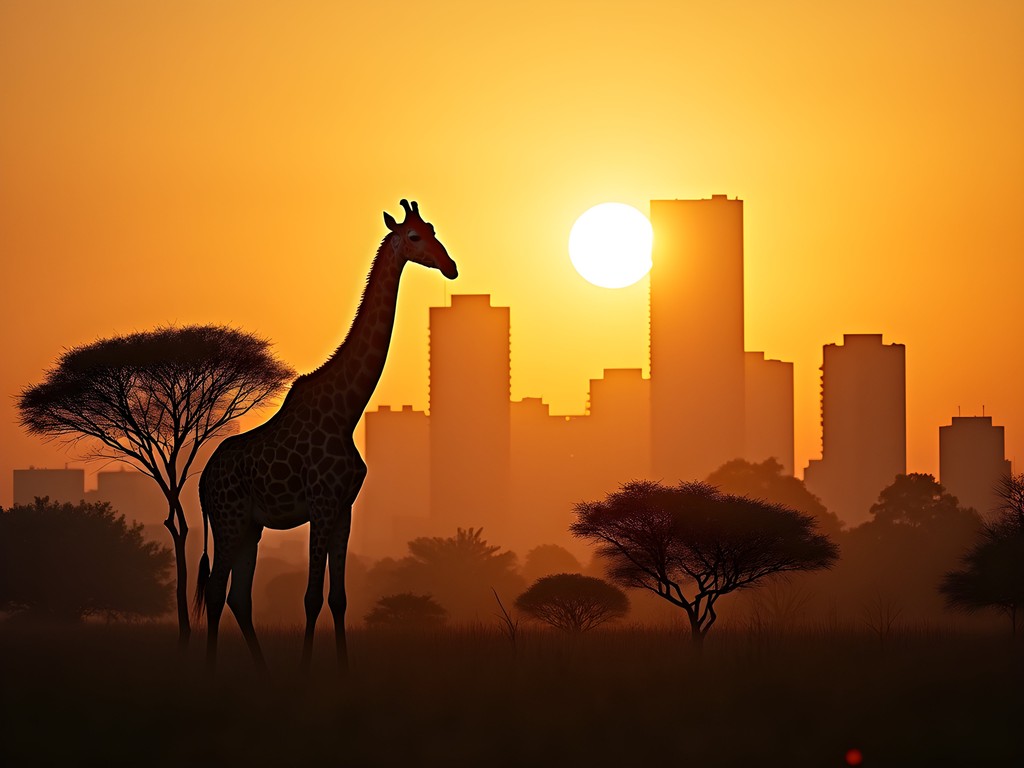
💡 Pro Tips
- Arrive at the park gates before 6:30 AM for the best light and most active wildlife
- Bring a tripod for low-light dawn photography and to stabilize longer lenses
- Consider hiring a park guide who knows the best locations for city skyline backdrops
The Vibrant Pulse of Maasai Market
After immersing myself in wildlife photography, I turned my lens toward Nairobi's human element at the famous Maasai Market. This traveling market rotates locations throughout the week (Tuesdays at The Junction, Fridays at Village Market, and weekends at Nairobi Law Courts parking lot), offering a kaleidoscope of colors, textures, and faces that challenge and delight any photographer.
Unlike the predictable patterns of wildlife behavior, capturing authentic moments at the market requires a different approach. I found that spending time building rapport with vendors yielded far more compelling portraits than simply shooting from a distance. A few words of Swahili—even just 'jambo' (hello) and 'asante' (thank you)—open doors to genuine interactions.
The market's visual richness comes from its extraordinary color palette. Rows of beaded jewelry, vibrant fabrics, and carved wooden artifacts create natural compositions wherever you look. I switched to my trusty prime lens for its versatility in the changing light conditions and to capture both environmental context and intimate details.
For street photographers, the market offers endless storytelling opportunities. Focus on hands as they craft intricate beadwork, or capture the animated negotiations between vendors and tourists. The interplay of shadow and light through market canopies creates dramatic natural spotlighting, particularly in mid-morning.
Beyond the photographic opportunities, the market provides insight into contemporary Kenyan art forms and how traditional Maasai designs have evolved to appeal to international tastes while maintaining cultural significance. Each vendor has a story—about their craft, their family traditions, or how they've adapted their work over generations. These narratives add depth to your images when you take time to listen.
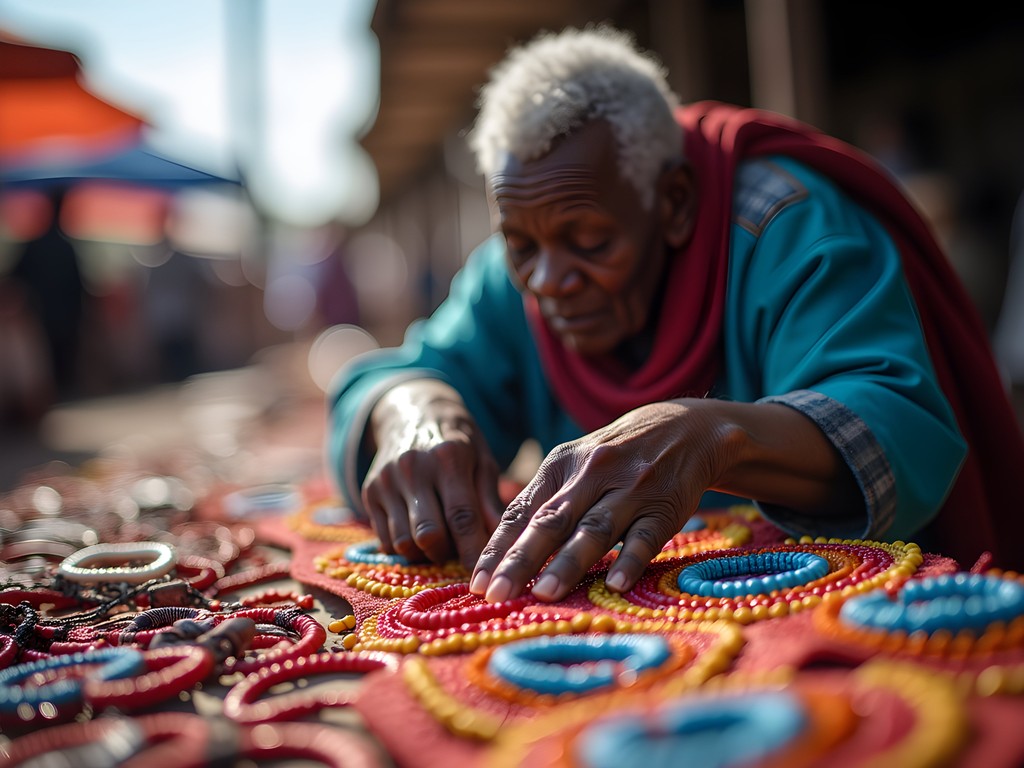
💡 Pro Tips
- Always ask permission before photographing people, especially for close-up portraits
- Visit in the first hour after opening for less crowded shots and softer light
- Bring small local currency for purchasing small items from vendors you photograph
David Sheldrick Wildlife Trust: Intimate Elephant Encounters
Perhaps no wildlife photography experience in Nairobi moved me as deeply as my visit to the David Sheldrick Wildlife Trust. This elephant orphanage offers a rare opportunity to photograph these magnificent creatures at close range while supporting vital conservation work.
The orphanage opens to the public for just one hour daily (11 am-noon), when the young elephants are brought out for their mud bath. This limited window demands preparation and strategy. I arrived 30 minutes early to secure a front-row position along the rope barrier, essential for unobstructed shots.
Photographically, the challenge here is balancing technical considerations with the emotional impact of these encounters. The elephants move quickly and unpredictably, especially during their playful mud bath moments. I found my mirrorless camera ideal for this environment, with its silent shooting mode preventing any disturbance to the animals and its excellent continuous autofocus tracking their movements.
While wide shots establish context, the most compelling images came from focusing on details—the texture of a trunk reaching for a bottle, the innocent eyes of a baby elephant, or the protective gesture of a caretaker's hand. The midday lighting can be harsh, so positioning with the sun at an angle rather than directly behind you helps manage contrast.
Beyond the public viewing hour, I was fortunate to arrange a private foster parent visit in the evening (available to those who adopt an elephant through their program). This offered extraordinary low-light photography opportunities as the elephants returned to their night enclosures, with warm golden light complementing their gray skin tones beautifully.
The stories behind each orphaned elephant add narrative depth to your photographs. Take time to speak with the keepers about the elephants' rescue stories and personalities—this context transforms a simple elephant portrait into a conservation story worth sharing.
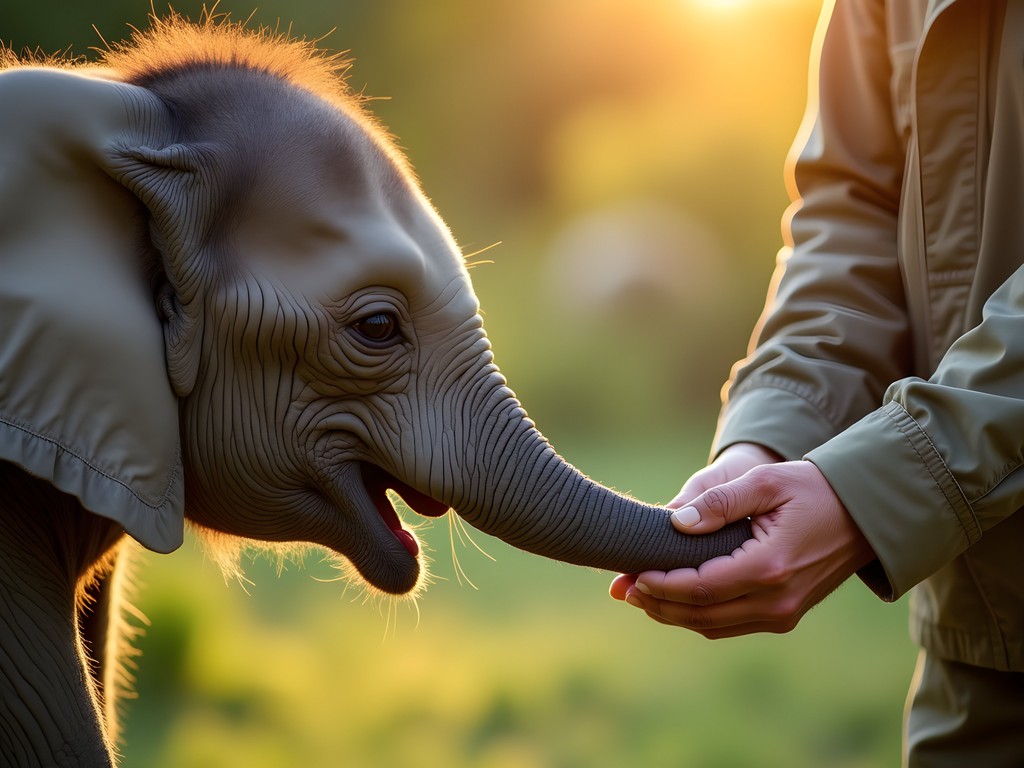
💡 Pro Tips
- Use a zoom lens in the 70-200mm range for flexibility without needing to change lenses
- Set your camera to continuous shooting mode for capturing unpredictable mud bath moments
- Consider becoming a foster parent online before your visit to gain access to the private evening viewing
Karen Blixen Museum: Colonial Aesthetics & Literary History
For photographers interested in architectural and historical narratives, the Karen Blixen Museum offers a visual journey into Kenya's colonial past. The former home of the Danish author of 'Out of Africa' sits nestled at the foot of the Ngong Hills, its weathered façade and manicured gardens providing rich compositional elements.
I visited in late afternoon when the golden light washed over the white colonial architecture, creating dramatic shadows and highlighting the textures of the building's surfaces. The museum restricts photography inside the house itself, but the exterior and grounds offer plenty of creative possibilities.
The approach to the house through the garden presents a classic composition, with the tree-lined drive leading the eye to the main building. For more unique perspectives, I explored the side angles where the juxtaposition of European architecture against the African landscape becomes most apparent.
My wide-angle lens proved perfect for capturing the environmental context, while a standard prime helped isolate architectural details like the weathered wooden veranda where Blixen would write, or the vintage artifacts displayed in the grounds.
The museum exists in interesting tension with modern Nairobi—a preserved colonial space within what is now a thriving African metropolis. This contrast itself becomes a photographic subject. I found compelling images by framing the colonial-era house against the background of modern Karen suburb, capturing how the city has grown around this historical pocket.
Beyond architectural shots, look for the small details that tell human stories—the worn leather of Blixen's traveling trunk, the carefully arranged writing desk, or the vintage photographs displayed throughout the property. These intimate glimpses humanize the historical narrative and add depth to your photographic collection.
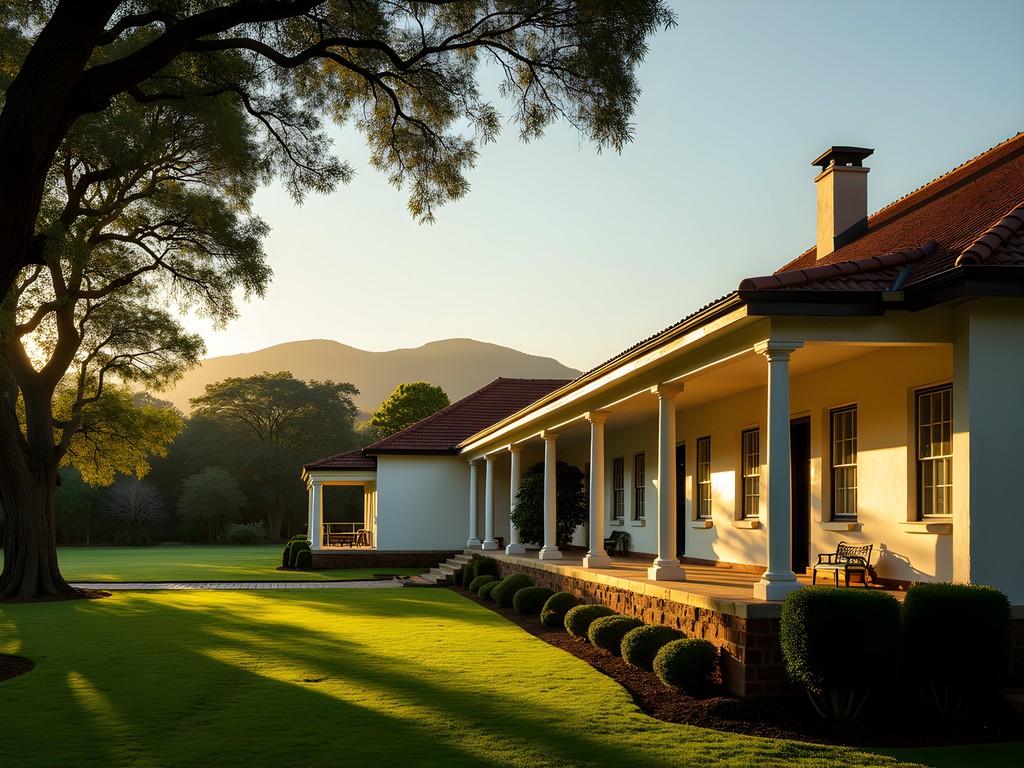
💡 Pro Tips
- Visit on weekdays to avoid weekend crowds that can disrupt your compositions
- Bring a polarizing filter to manage reflections on the house's windows
- Research the history of the house before visiting to inform your visual storytelling
Karura Forest: Urban Wilderness Sanctuary
While Nairobi National Park offers the classic savannah experience, Karura Forest presents a completely different ecological and photographic opportunity. This 1,000-hectare urban forest reserve provides a lush counterpoint to the city's concrete landscape and the dry savannah of the national park.
I dedicated a full day to exploring Karura's network of trails, waterways, and hidden corners. Morning mist lingering among the trees creates ethereal conditions for forest photography, particularly along the river trails. The forest canopy filters sunlight into natural spotlights that illuminate the forest floor in constantly shifting patterns.
The waterfalls within the forest offer classic long-exposure opportunities. I brought my lightweight travel tripod to capture these water features with silky smooth effects. Even a modest 1-2 second exposure transforms cascading water into dreamy white streaks against the dark volcanic rocks.
Beyond landscape opportunities, Karura hosts fascinating wildlife that requires patience and observation to capture. Colobus monkeys move through the upper canopy, their striking black and white fur creating natural contrast against the green foliage. Numerous bird species dart through clearings, challenging your reaction time and focusing skills.
What makes Karura particularly special is its historical and cultural significance. The forest was famously protected by environmental activist and Nobel Peace Prize winner Wangari Maathai. This conservation story adds conceptual depth to your images when you understand the forest's journey from threatened land to protected sanctuary.
I found some of my most compelling compositions at the boundaries where forest meets urban development—places where tree lines frame distant city buildings or where forest paths suddenly reveal views of surrounding neighborhoods. These transition zones tell the story of Nairobi's complex relationship with its natural spaces.
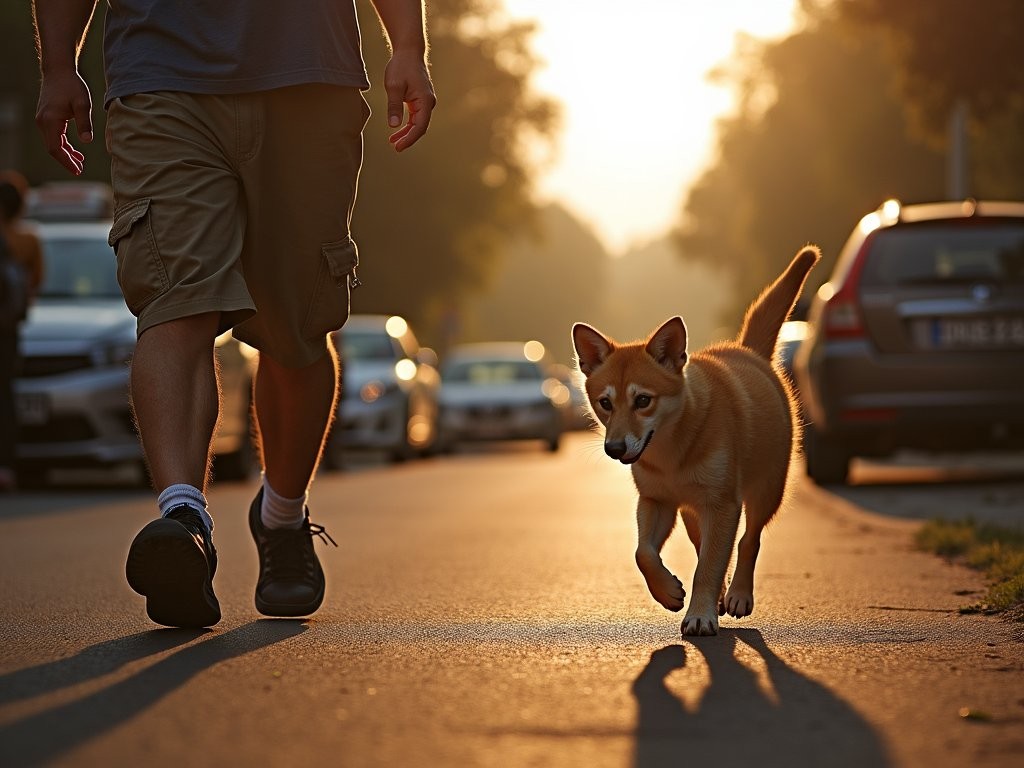
💡 Pro Tips
- Hire a local guide who can lead you to hidden caves and historical sites within the forest
- Bring a macro lens to capture the incredible diversity of insects and small flora
- Visit after rainfall when the forest colors are most vibrant and waterfalls most dramatic
Capturing Nairobi's Night Pulse
As the sun sets, Nairobi transforms into a canvas of light and shadow that offers entirely different photographic opportunities. The city's skyline, particularly viewed from the Kenyatta International Convention Centre observation deck, presents a spectacular blue hour panorama as office lights begin to twinkle against the deepening sky.
Street photography takes on new dimensions after dark. Areas like Westlands and the Central Business District pulse with neon signs, headlight trails, and the warm glow of restaurant windows. These urban light sources create natural spotlighting for environmental portraits and street scenes.
I spent several evenings exploring Nairobi's vibrant nightlife districts, where the technical challenges of low-light photography meet the creative opportunities of artificial lighting. My approach was to embrace rather than fight the challenging conditions. Instead of always reaching for the highest ISO, I incorporated motion blur and light trails as deliberate elements in my compositions.
Security considerations do shape night photography in Nairobi. I avoided displaying expensive equipment prominently and always worked with a local friend who knew which areas were suitable for evening photography. Some locations that felt perfectly comfortable during daylight required different approaches after dark.
The Junction and Village Market shopping centers offer controlled environments for night photography practice, with interesting architectural lighting and bustling restaurant scenes. These spaces allow you to experiment with night techniques before venturing into more challenging street environments.
For those interested in astrophotography, you'll need to venture to the city's outskirts to escape the light pollution. A short drive to Ngong Hills or even Nairobi National Park (during special night access events) can yield spectacular star field images with iconic African silhouettes in the foreground.

💡 Pro Tips
- Use a fast prime lens (f/1.8 or wider) to gather maximum light without pushing ISO too high
- Incorporate light sources into your composition rather than fighting against them
- Consider hiring a local photography guide for night shoots to navigate both creative opportunities and safety considerations
Final Thoughts
As I pack away my gear after a week in Nairobi, I'm struck by how this city defies easy categorization through the lens. It's a place where wildlife and urbanity, tradition and modernity, natural beauty and human creativity coexist in fascinating visual dialogue. For photographers willing to embrace its contradictions, Nairobi offers storytelling opportunities that few other capitals can match. Beyond the technical aspects of capturing these contrasts, I found myself transformed by the experience—seeing not just through my viewfinder but through the perspectives of the many Kenyans who shared their stories with me. Whether you're documenting the majesty of elephants against city skylines or the intricate beadwork of Maasai artisans, Nairobi invites you to look deeper, to find connections between seemingly disparate elements. This is photography not just as documentation but as discovery—of a complex, vibrant city that continues to redefine itself with each frame.
✨ Key Takeaways
- Nairobi offers unique juxtapositions of wildlife and urban landscapes found nowhere else in the world
- Early morning and late afternoon provide the most dramatic lighting for both wildlife and architectural photography
- Building relationships with locals opens access to more authentic photographic opportunities
- The city's contrasts tell a deeper story about Kenya's past, present and future
📋 Practical Information
Best Time to Visit
June to October (dry season)
Budget Estimate
$100-150 per day (mid-range)
Recommended Duration
7-10 days
Difficulty Level
Intermediate
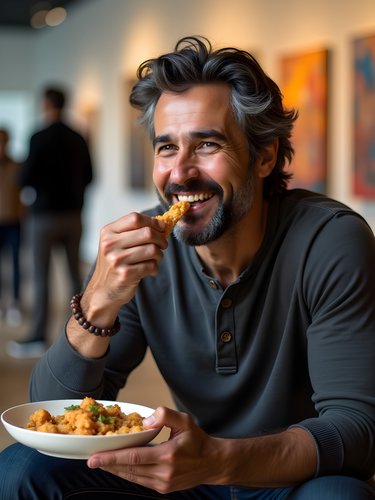
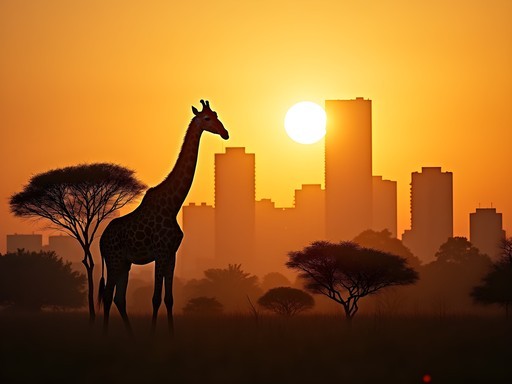
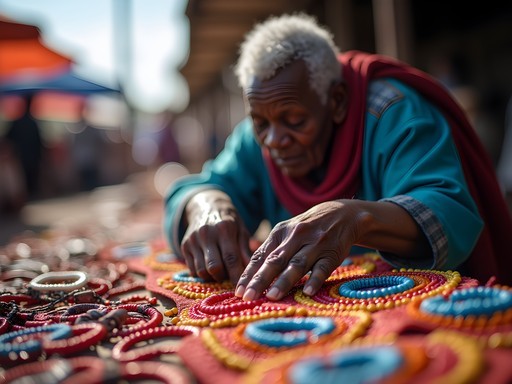

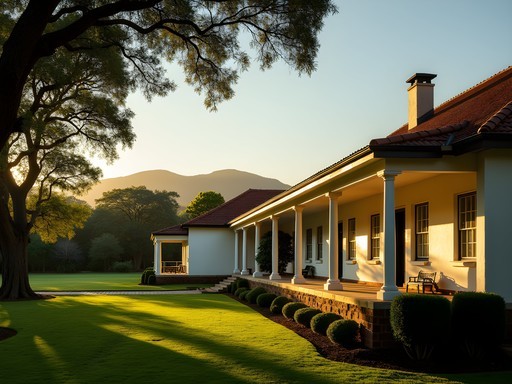




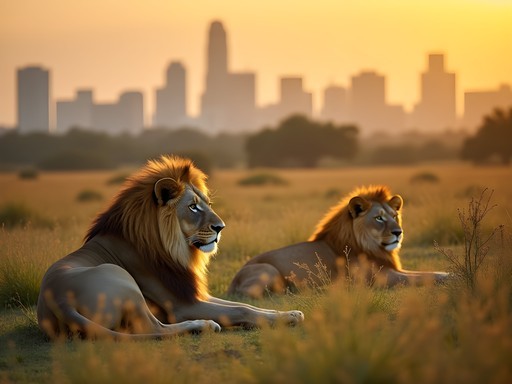
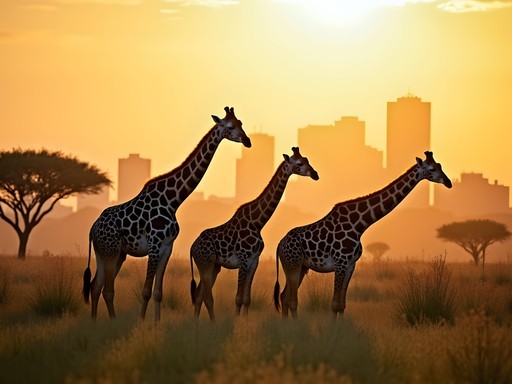
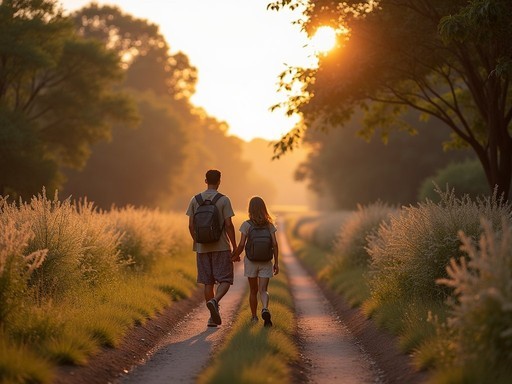





Comments
summermate
Just booked my trip after seeing these photos! Can't wait to visit the elephant sanctuary!
sunnylife
How safe did you feel walking around with camera equipment? I've heard mixed things about photography in Nairobi's city center. Any precautions you took?
Amit Sanchez
Great question! I was cautious but never felt unsafe. I used a non-descript camera bag, kept gear minimal when in crowded areas, and hired local guides in some neighborhoods. The main markets are generally fine during daylight hours, just be aware of your surroundings like in any major city.
Taylor Moreau
As someone who frequently travels to Nairobi for business, I appreciate how you've captured both sides of this dynamic city. The contrast between corporate meetings in Westlands and afternoon visits to Nairobi National Park perfectly encapsulates the city's unique character. For photographers visiting on limited time, I'd recommend hiring a local driver who knows the optimal spots for city-wildlife vistas - particularly along the southern boundary of the park. The Maasai Market rotation schedule is also worth researching in advance, as locations vary throughout the week.
summermate
Do you have any driver recommendations? Going in November for the first time!
Taylor Moreau
I've used James from Nairobi Tours & Safaris for years - reliable and knows all the best photography spots. Look them up online!
wanderluststar
Those elephant photos are incredible! The baby ones melt my heart ❤️
Jean Wells
Your juxtaposition of wildlife against urban backdrops is precisely what makes Nairobi so fascinating. I spent three weeks there last year documenting similar contrasts. The David Sheldrick Wildlife Trust was indeed a highlight, though I'd add that timing is everything - the 11am viewing offers optimal lighting conditions for photographers. Did you venture to Karura Forest? The urban woodland offers another compelling visual narrative of Nairobi's ecological diversity within city limits. My travel tripod proved invaluable for those low-light forest shots.
roamnomad
Amazing shots! What lens did you use for those wildlife photos with the city skyline in the background? I'm heading to Nairobi in October and want to be prepared.
Amit Sanchez
Thanks! I mostly used my 70-200mm f/2.8 for those skyline-wildlife shots. The morning light at Nairobi National Park is perfect around 7-8am. Bring a polarizing filter too!
roamnomad
Perfect, thanks for the tip! Will definitely plan for those early mornings.
mountainhero
Just stunning! Those elephant shots made my day!
smartguy7917
Your Maasai Market photos capture the colors perfectly! I struggled when I visited because it was so busy and chaotic. Did you ask permission before photographing the vendors? I found some were welcoming while others wanted payment.
Amit Sanchez
Always asked permission! I found starting conversations, showing genuine interest in their crafts, and sometimes buying something small first created goodwill. For close-up portraits, I offered to email them the photos or small tips. Building rapport makes all the difference.
triprider
Beautiful photos! Is it really possible to see wildlife that close to the city? Looks almost photoshopped!
mountainhero
Not the author but I've been there - it's 100% real! Nairobi National Park is literally on the edge of the city. Surreal experience.
KenyaLover22
Going to Nairobi next month! Did you need special permission for photography in any of these places?
Amit Sanchez
No special permits needed for personal photography in most places! Just the standard entrance fees. The Maasai Market vendors sometimes ask for a small tip if you photograph their crafts up close, which is fair.
Venture X
Premium card with 2X miles, $300 travel credit, Priority Pass